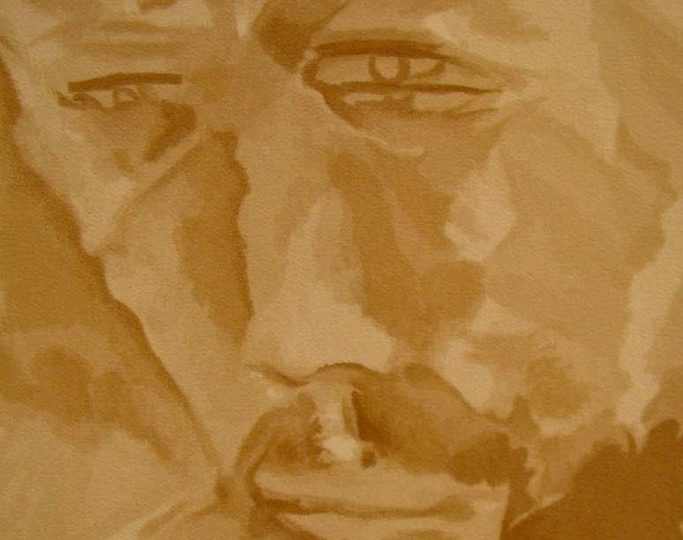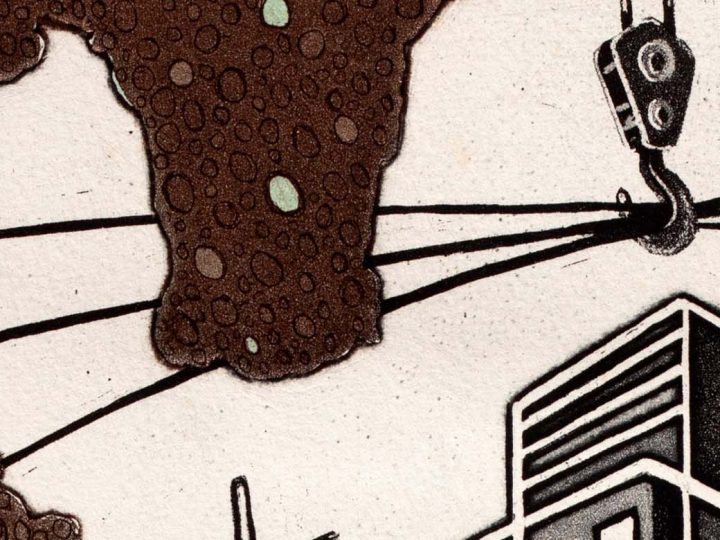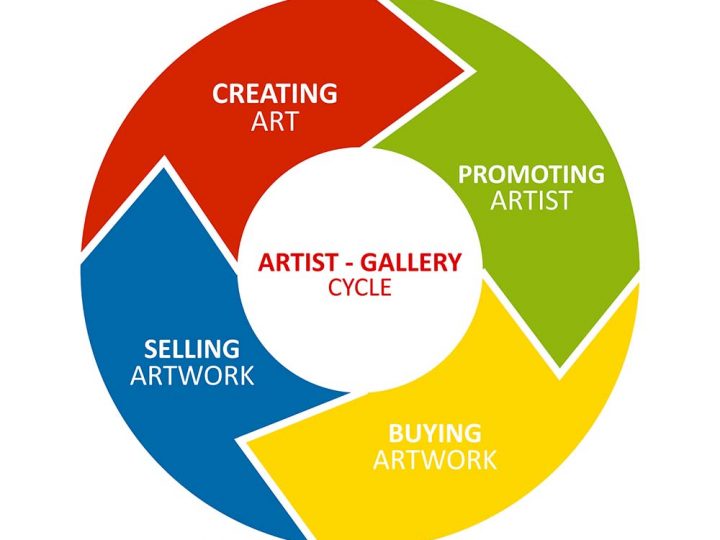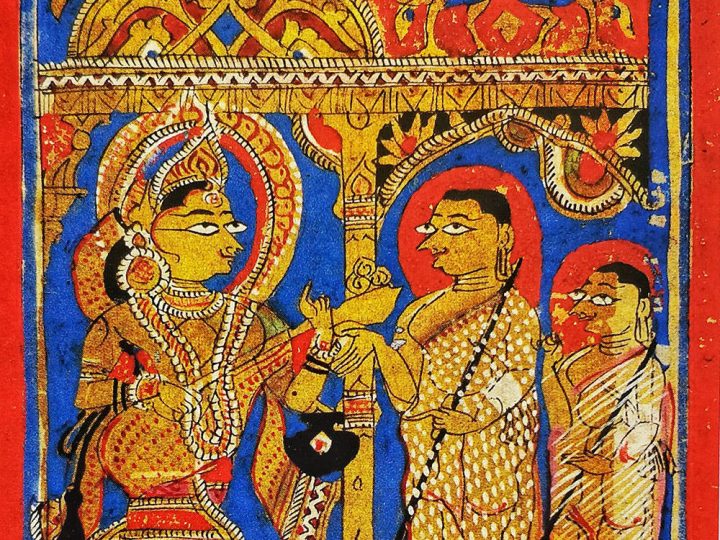Nature, Perspective, and Abstract Forms
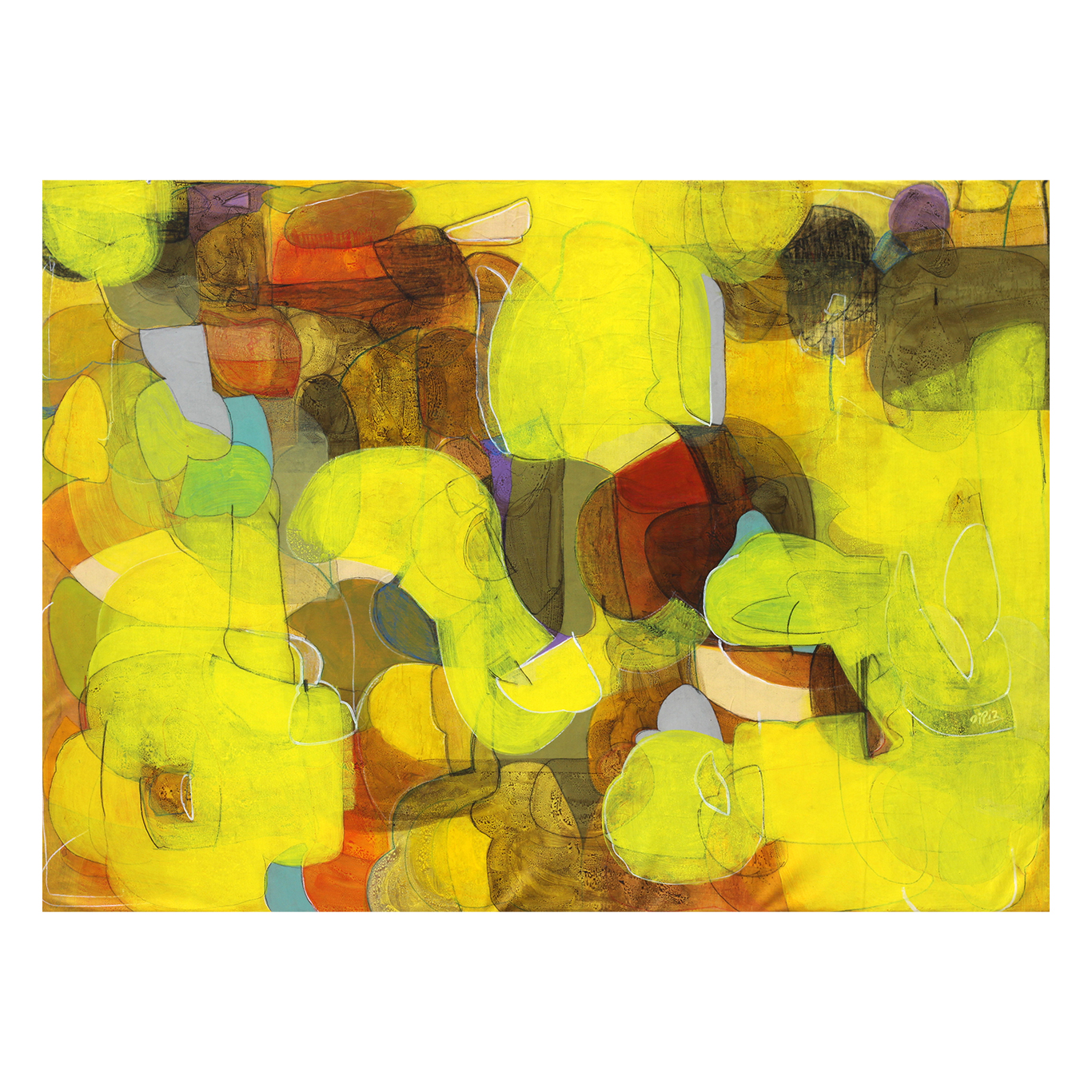
Vipin Singh Rajput draws heavily from nature and the immediate world around him. He uses symbolic words and forms to express what he sees and feels. Many of his works are imagined from a bird’s-eye view. He envisions himself floating above the land, observing people and landscapes below. This is not just a visual exercise; it is a way to see through the eye of the soul. These artworks are the result of dedicated effort, where geometric forms take shape with a gentle touch of abstraction. Alongside these forms, elements from nature, such as leaves, and parts of the human body emerge in abstract forms, brought to life through expressive colors and flowing lines.
Garden of Balance and Harmony
Depth through Transparency and Light
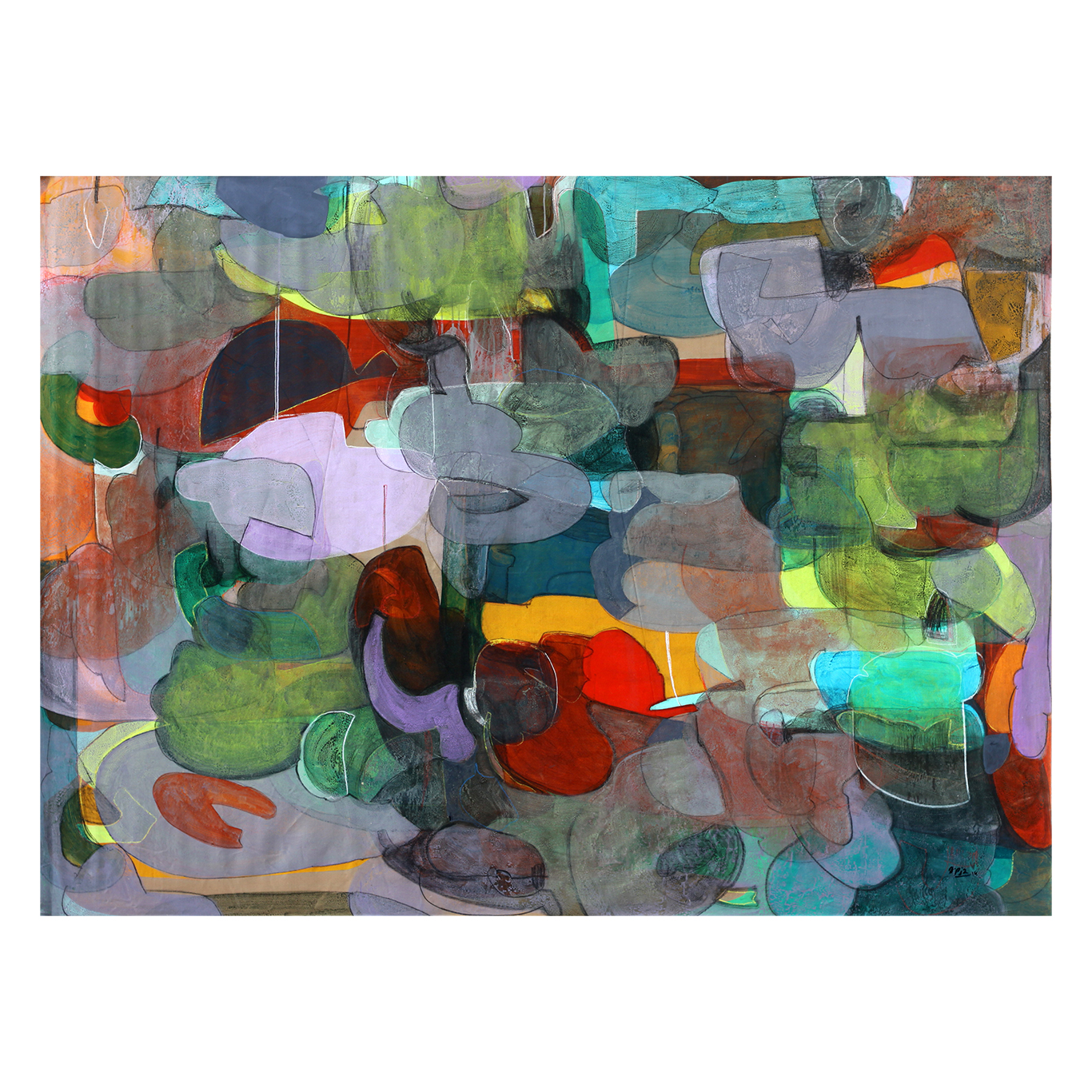
A key highlight of the painting is the sense of dimension created by the play of inner and outer colors. Transparent layers in certain areas give the impression of overlapping leaves, just like petals and flowers in a garden where colors shift and blend with grace. Light and shadow are carefully balanced, adding depth and movement to the composition.
Interplay of Color, Line, and Form
Bright, bold colors dance with softer, quieter tones. In some areas, delicate lines trace the edges of forms, bringing them to the foreground, helping the viewer distinguish among colors, leaves, and shapes. It is this beautiful interplay of color, line, and form that gives the painting its rich visual depth and sense of harmony. In every form and texture, he tries to show what has shaped him: his past, his present, his surroundings, and his soul.
Root and Reflection
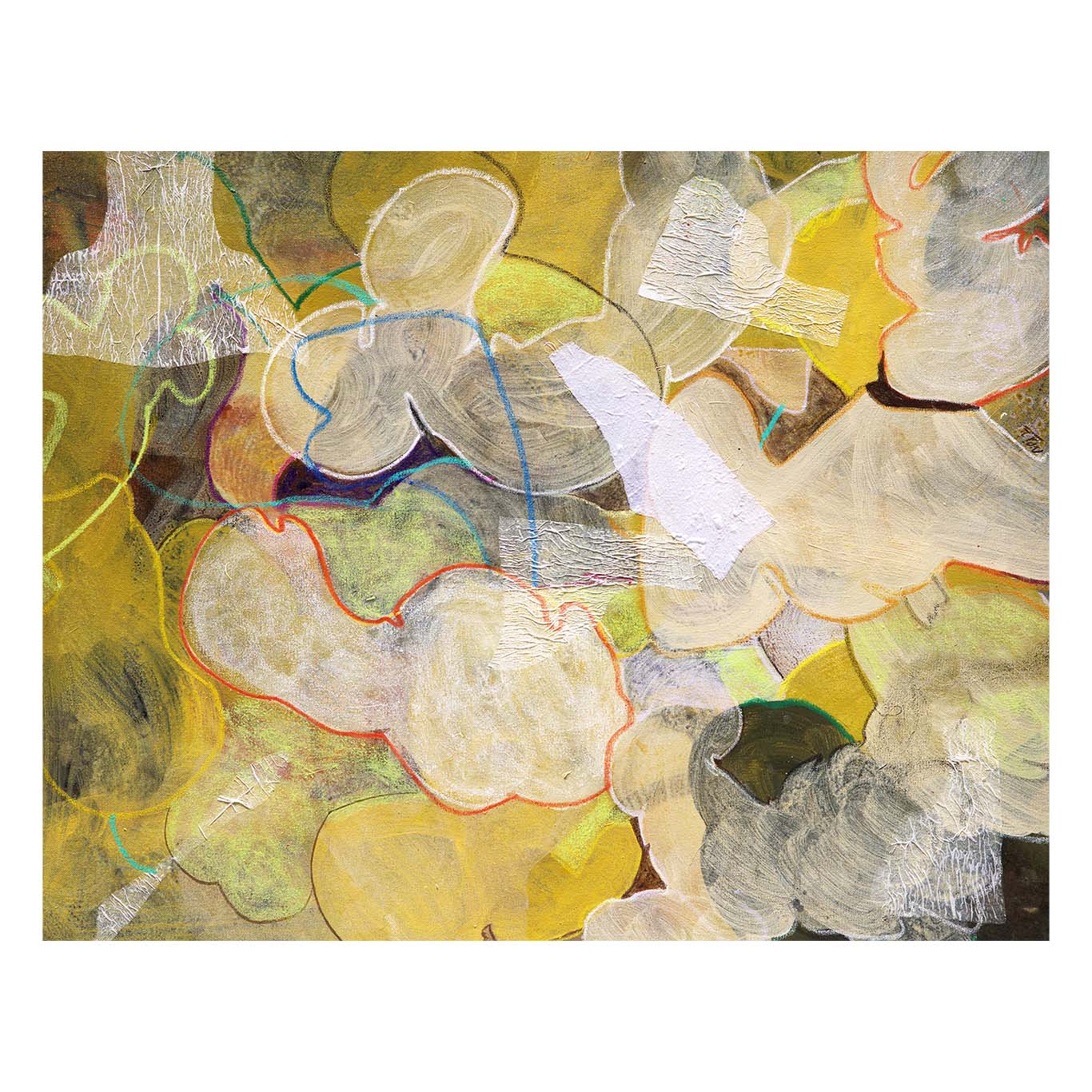
Vipin Singh Rajput’s paintings often draw from the places he has belonged to and the environments in which he has grown up. The sights and textures of his surroundings continuously influence the elements and media he explores in his art. He comes from Chhattisgarh, specifically from a small town called Khairagarh, known as a city of music and education. Khairagarh is not just culturally rich; it also carries historical significance as a former princely state. That long inheritance still pulses through every stroke, turning lived history into living colour.
Early Environment and Attraction to Abstraction
Growing up in this atmosphere, surrounded by music, dance, and various forms of art, he found himself naturally drawn to abstraction. He experiments with new media and incorporates them into his visual language. Materials like cloth, rice paper, mixed media, and especially paper pulp have become vital tools in his creative process. Sometimes, to bring out texture, he burns parts of his paintings. This act of burning is not destructive; it is transformative. It allows a deeper dimension to emerge, much like observing the world from a bird’s-eye view. That perspective helps him blur the line between realism and abstraction.
Color as Emotional Voice
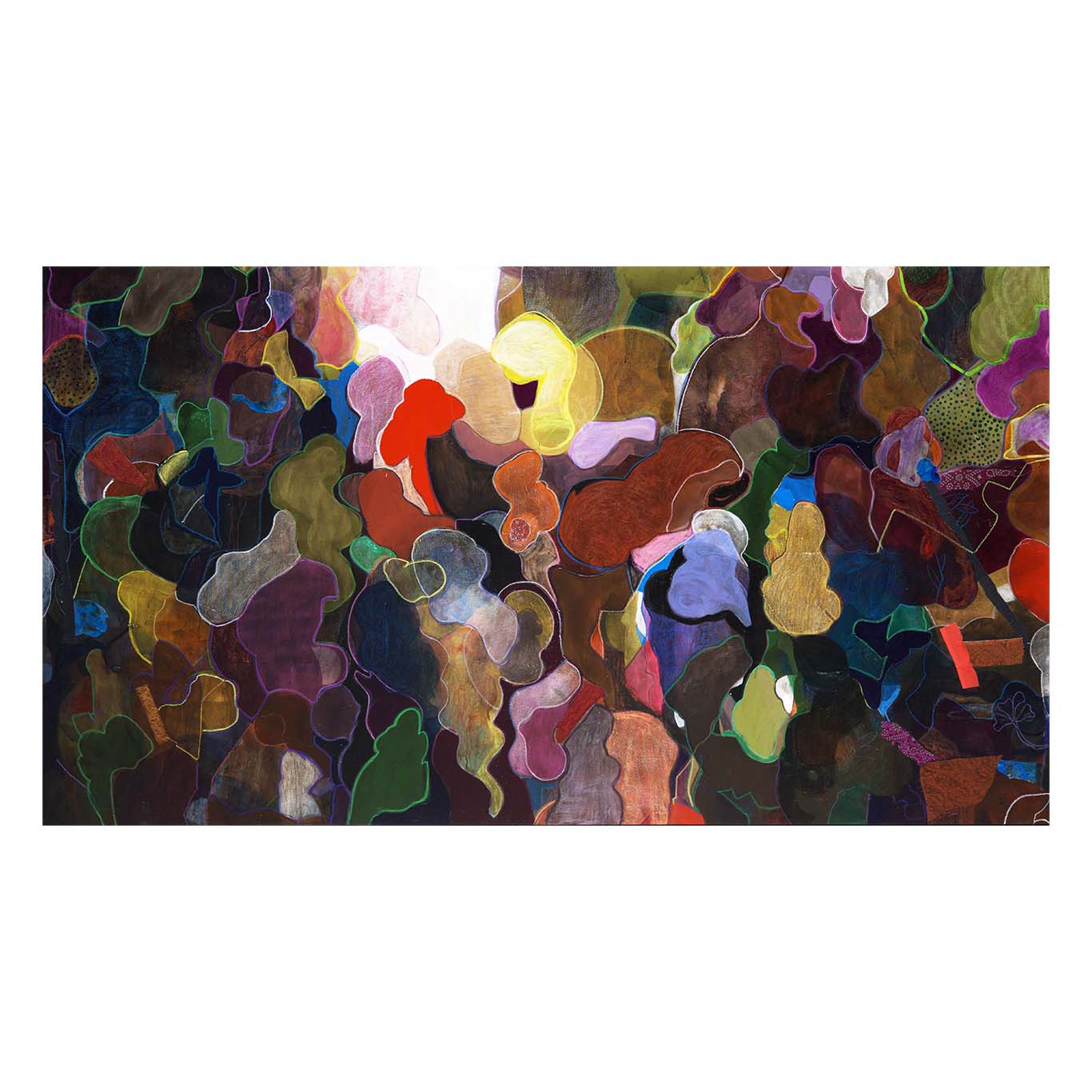
Each color, in his view, has its own emotional voice. Colors attempt to communicate something symbolic, something emotional. Depending on his emotional state—mostly content—the colors shift: his red series reflects intensity and power, while his blue series represents calm and reflection. He has also used natural powders, soil, and dust, materials that remind him of childhood play. Each memory lives in his art as a quiet emblem, never a mere ornament. During the process of creating, he employs not only colors and textures but also lines, words, and other visual elements to represent his inner feelings and experiences. These small yet significant elements become bridges connecting his art to society.
Influence of Music and Human Emotion
Throughout his journey he harmonises with people, animals, and the rhythms of music. Music plays a crucial role. Its rhythm and melody influence his strokes and textures. Just as music flows, he tries to allow colors and elements to flow in his compositions. He connects this flow with materials like paper pulp, wire, and nails, letting them align with the same energy as a musical composition. He sees different colors in people, and those colors become his subjects. Their internal emotional states inform his creative process.
He gets inspired by the people around him—the way they walk, their clothes, the colors they wear, their expressions; all of it inspires him.
Academic Roots and European Exposure
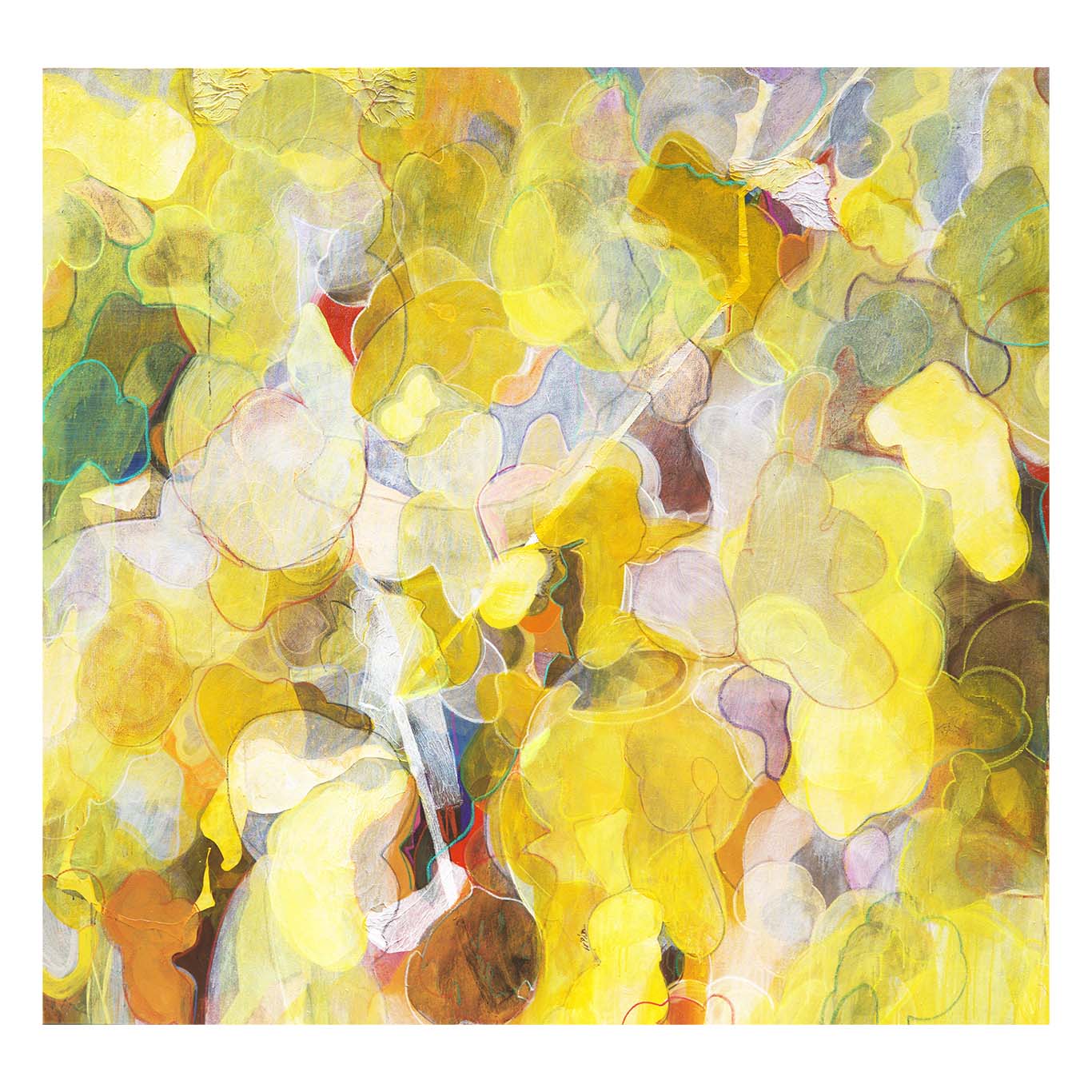
He completed both his bachelor’s and master’s degrees at Indira Kala Sangeet Vishwavidyalaya. After graduation he moved to Mumbai to explore the next phase of his career. He spent about two years in the city. Then, thanks to an award he received, he had the opportunity to travel to Europe. That experience changed him wholeheartedly. He visited Paris, Venice, Rome, Florence, and explored renowned museums like the Louvre, Musée d’Orsay, the Picasso Museum, and various modern art galleries.
Impact of Masterworks and Alberto Burri
Seeing in person what he had studied in books, such as the Colosseum, the Eiffel Tower, and countless other historic sites, left a lasting impression. He also discovered artists he had not encountered during his college years. One of them, Alberto Burri, became a strong influence on him. Although Burri was not a full-time artist, his use of elements spoke volumes. Burri’s approach pushed him to explore elements and materials in a deeper, more meaningful way.
Evolution of Artistic Philosophy
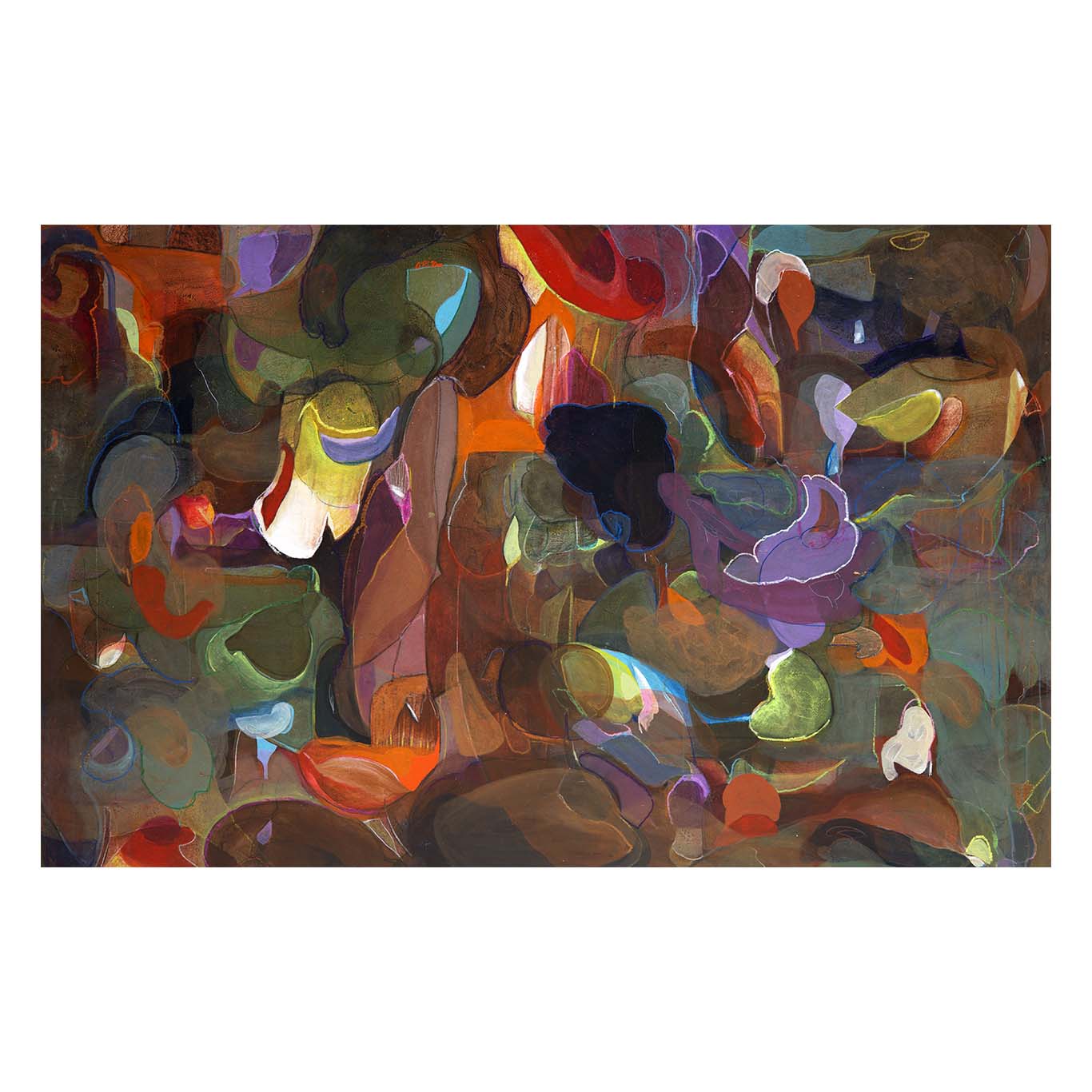
This path, shaped by his childhood immersion in music and the natural world, continuously informs his work. Earlier in his student life he felt confined by the belief that painting was only about colors and pencils, but as he matured, especially during his time in Europe, he realized that true art reaches beyond the surface. It conveys deep emotional and symbolic layers.
Photos and Text © Chaitya Dhanvi Shah


